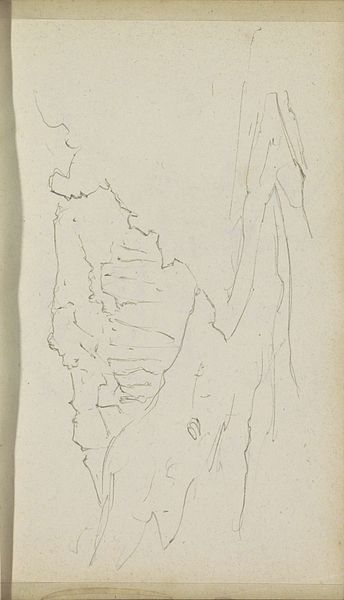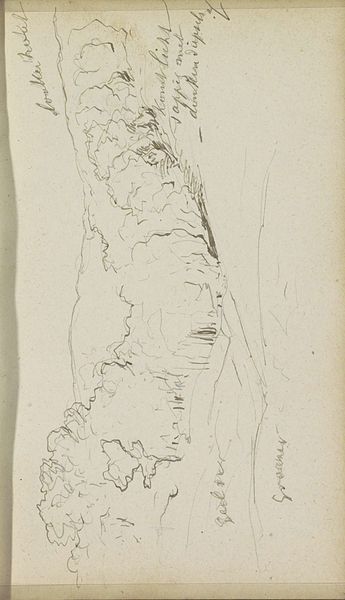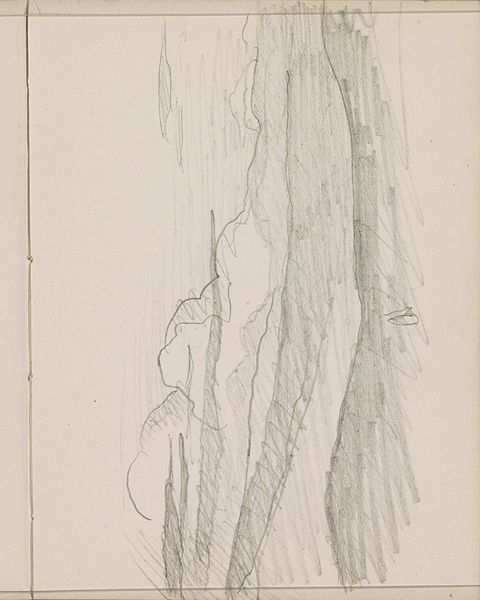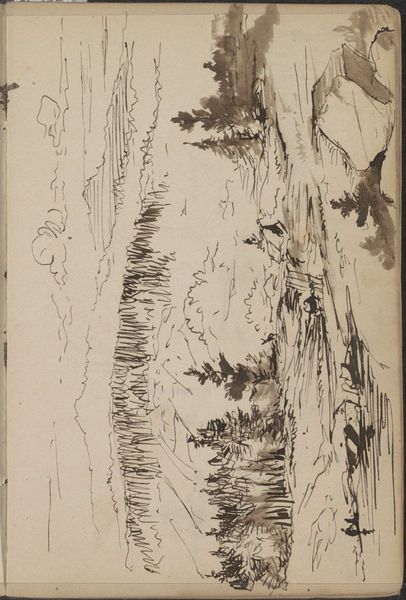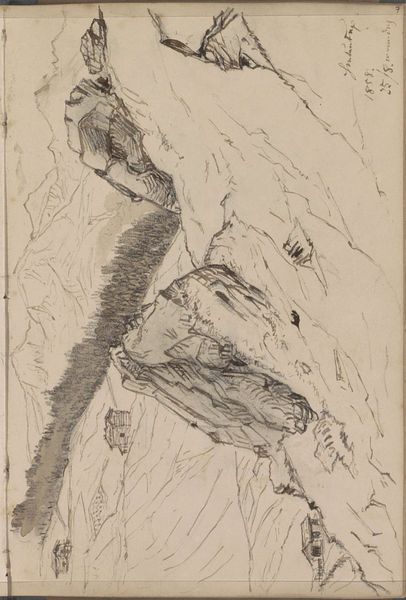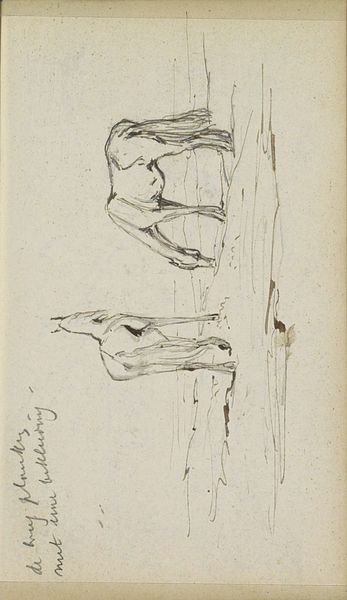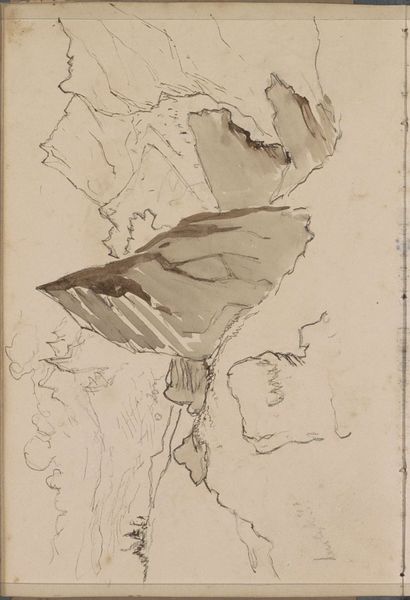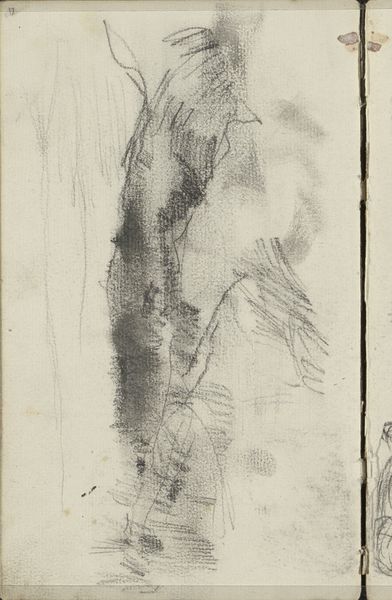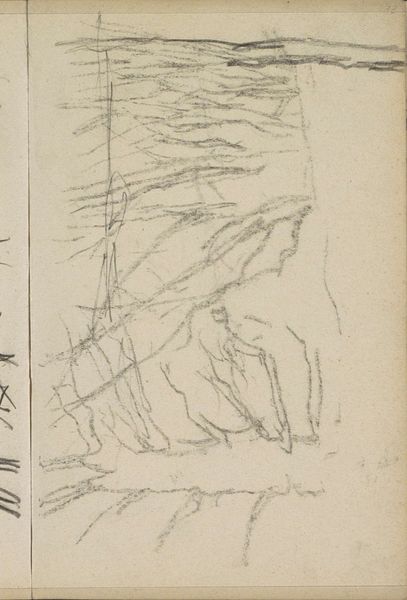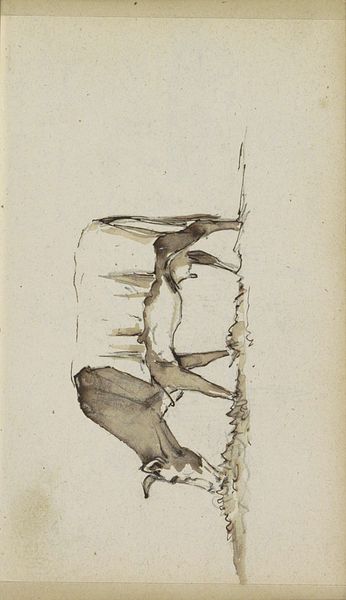
drawing, paper, watercolor, ink
#
drawing
#
landscape
#
paper
#
watercolor
#
ink
#
watercolour illustration
#
watercolor
Copyright: Rijks Museum: Open Domain
Editor: This is "Path by a Meadow and a Forest," created by Johannes Tavenraat sometime between 1854 and 1868. It's rendered with ink and watercolor on paper, and is currently housed in the Rijksmuseum. I'm really struck by the artist's gestural handling of the materials. What stands out to you? Curator: Well, looking at the materiality of this drawing, I immediately consider the social and economic context. The accessibility of paper and ink, versus the luxury of oil paints for example, suggests a certain class positioning. Was this intended as a finished piece, or a preparatory sketch for a larger work? The rapid, almost shorthand style suggests it was perhaps a way for the artist to quickly capture a scene or idea. Editor: That’s a great point. So the materials and technique reflect more than just artistic choices; they’re tied to broader societal structures. What do you think of the inscription or notes included in the drawing? Curator: Those annotations offer clues to the labor involved. We can consider how this sketch functioned within Tavenraat's artistic practice, but also the broader market for landscape art at the time. Who was the intended audience, and how would the value of this work be determined based on both its subject matter and the materials used? Also, this wasn’t considered "high art" back then, correct? Editor: Probably not. I’m starting to think differently about landscape drawings. It's less about the picturesque scene and more about understanding art's connection to industry, class, and even something like the availability of paper. Curator: Precisely. And questioning that supposed hierarchy allows us to appreciate art outside of traditional value judgments. Now how could this work influence contemporary practice and ideas?
Comments
No comments
Be the first to comment and join the conversation on the ultimate creative platform.
